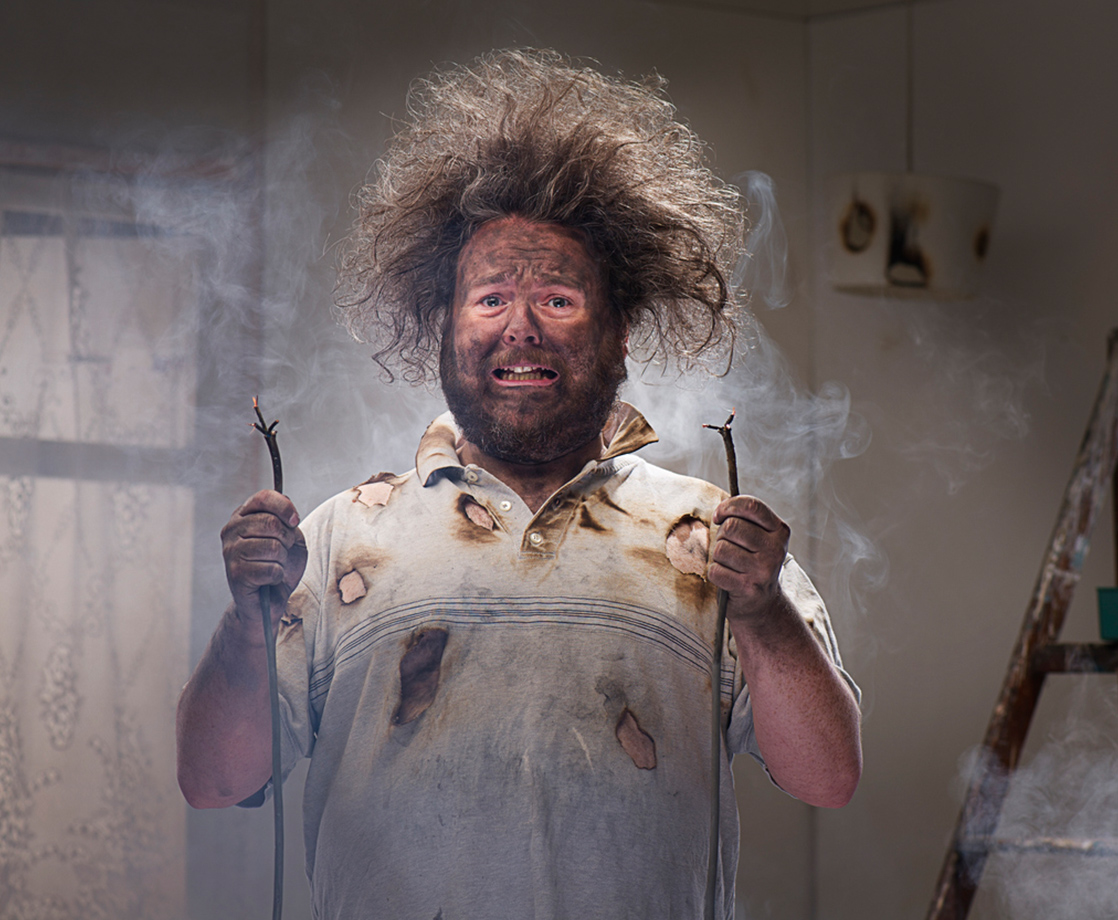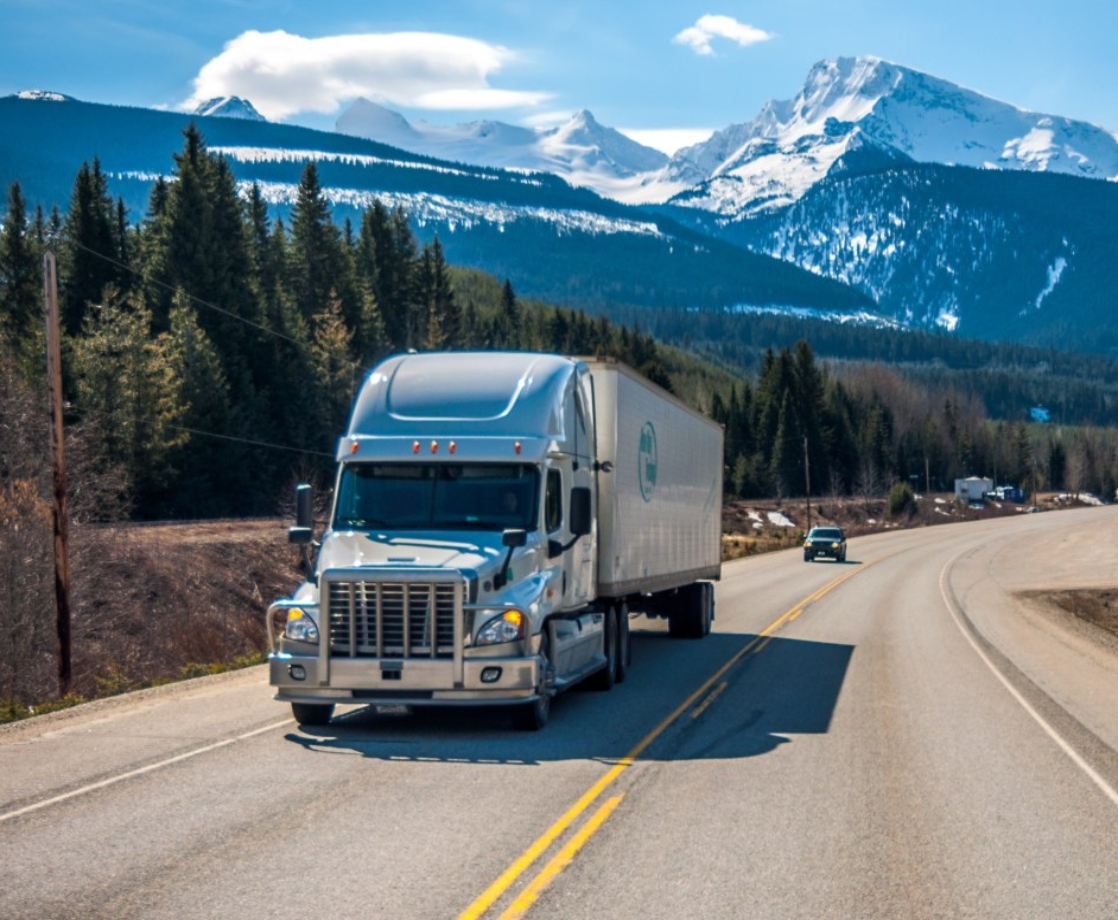California will no longer allow sales of bulk butane gas to the general public. Sales of small butane canisters, the kind used to refill lighters, are still permitted.
Last September, California’s Governor Gavin Newsom signed Assembly Bill No. 3112, which added non-odorized butane to the state’s list of controlled substances. The law took effect last week, on July 1.
Under the bill, it is “unlawful to sell to any customer any quantity of non-odorized butane.” Anyone caught with bulk butane becomes subject to a $2,500 fine, as well as possession charges for a controlled substance.
There are two exemptions under the bill. The general public may still purchase small cans of non-odorized butane for refilling lighters, but that’s it.
Additionally, licensed producers — like weed companies that make cannabis extracts for dabbing or vaping — can keep buying bulk butane. However, their facilities for processing butane-extracted oils must pass rigorous state inspections, and they must fork out “upwards of $75,000” in annual licensing fees, wrote Mike Adams at Cannabis Now.
California has seen its fair share of hash oil explosions over the years. Since 2014, over a dozen people were killed by hash oil explosions in California alone, and at least 120 people were injured, according to the DEA.
The problem isn’t limited to the Golden State, though California accounts for nearly two-thirds of the country’s hash-oil blowups. Nationwide, the DEA said they received reports of 260 illicit hash-lab explosions in 2017 alone, a “38 percent increase from 2016,” Reuters reported.
To make crude hash oil such as waxes, homegrown chemists stuff a PVC pipe full of cannabis plant material. Both ends of the pipe are sealed with a cap that has one hole in its center. At one end, butane fluid is forced through the pipe. Out the other end comes a goopy, bubbling, toxic mess of butane mixed with all the delicious terpenes and cannabinoids we’ve come to love.
The goop is then spread out across a glass baking sheet or some other comparable surface. Using heat, the butane gets boiled off the mixture, leaving behind ultra-concentrated weed oil. After clean-up, these oils can reach as high as 90 percent THC (whereas most commercial flower buds contain only 15-25 percent THC).
The problem with hash oil explosions usually wafts from the boiling step, where the butane aerosolizes into a gas and becomes trapped in the homegrown lab, usually someone’s basement, garage, or apartment unit. From there, all it takes is a single spark — from a refrigerator, a water heater, a stove, touching a doorknob, socks rubbing across a carpet, petting the cat, or flicking a lighter — and boom. There goes the neighborhood.
Proper butane extraction requires a ton of safety protocols, with excellent ventilation being the most critical. But even the state-licensed pros mess up sometimes, because that’s just how flammable butane is.
As cannabis becomes increasingly mainstreamed in the US, expect the government to enact more and more limitations on what people can do with their weed at home. Governments are already smacking down home butane extractions, which most of us can agree is a good thing. But they’re coming for CBD next, and home grows have been on the chopping block for years.
Remain vigilant when the very institutions that outlawed this plant take charge of regulating legal use, too.
Follow Randy Robinson on Twitter











